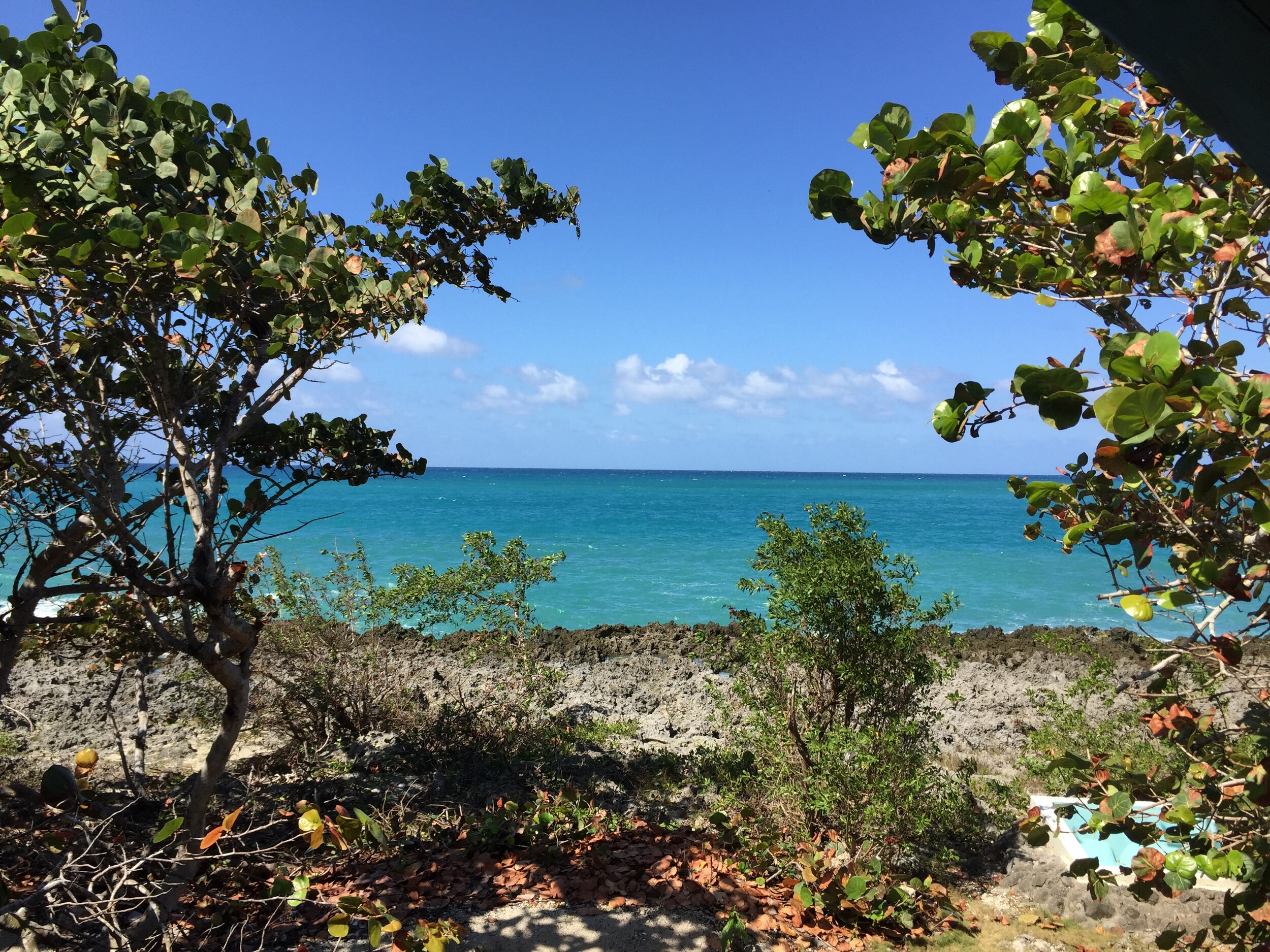Lorna Goodison's From Harvey River
From Harvey River:
A Memoir of My Mother and Her People
With From Harvey River, Lorna Goodison delivers a memoir so exquisite it stands as an example of the possibilities of the form. Goodison, who divides her time between Jamaica and Halfmoon Bay, British Columbia, is best known for her collections of poetry and short stories. In From Harvey River, she gives an account of her mother’s family from the mid-nineteenth century, when her ancestors arrived in Jamaica from England, into the twentieth century. The work is a feat of history, imagination and artistic achievement. Rather than forcing a narrative from the rich, but limited details of her forebears’ lives, Goodison simply presents those details and allows them to speak for themselves. The result is a sumptuous montage of landscapes, portraits and anecdotes - sepia-toned period pieces - that impress vividly upon the mind.
The story begins in the late 1830s when the Harvey brothers, William and John, abandon their bookkeeping positions on a cane plantation outside Lucea, in the parish of Hanover, and seek land they can call their home. Following a path made by “the feet of fleeing Africans,” they discover a small clearing “not far from a place named Jericho,” that is watered by a strong and coursing river.”
William Harvey, Goodison’s great-grandfather sends for his family in England. But after his wife’s death he marries a young black woman named Frances Duhaney, whom he sees while purchasing livestock from her father. William’s English neighbours refuse to attend the wedding: they believe black women should only be concubines. “Any woman good enough to share my bed is good enough to marry,” responds William, which should go down as one of the most romantic lines in English literature.
The union of white men and African women in Jamaica was not so unusual. Goodison’s maternal-great grandfather was an Irish sailor named George O’Brian Wilson. He had jumped ship in Jamaica and married a Creole woman. But around the time of his wedding he also fell in love with an African woman named Leanna Sinclair. He had two honeymoons at once, Goodison explains - fathering two little girls at about the same time. One would become Goodison’s grandmother, Margaret Harvey.
Hanover Parish, Jamaica
As a white man, George Wilson was expected to behave as a member of the ruling classes. But he felt more at ease with black Jamaicans. He realized the local gentry talked about “the lazy, dirty negroes,” the same way they talked about “the lazy, dirty Irish” in England. He felt Africans and Irish shared a passion for storytelling, as well as a love of music and myth. To the chagrin of his legal family, he would insist on walking Margaret down the aisle at her wedding, and would later abandon that family to move into the Harvey home.
Goodison’s voice, her tone and choice of language, brilliantly reflects the mingling of African and British culture. Her prose is elegant and somewhat Edwardian, vaguely archaic. It contrasts and heightens a dialogue composed of a piquant Jamaican idiom. The effect of this mix is to bring the memoir into the tradition of Edwardian letters and to bring a marginalized time and place into the mainstream of world history.
Goodison’s creates a series of portraits of her mother Doris’s siblings, which, layered upon one another, evoke the context of Doris’s life. She begins with the arrival of Doris’s eldest sister Cleodine, the first living child born to Margaret and David Harvey. There was great rejoicing in the village at Cleodine’s birth: “Oh my, God, look at Mrs. Queen,” her mother exclaimed, for the child bore a striking resemblance to Queen Victoria.
Goodison goes on to describe the birth and personality of each of her mother’s seven siblings. Goodison’s mother Doris was known as the helpful and generous one. She was most like her father David and would do anything for anyone. People called her “come-to-help-us.”
There were three Harvey boys and five girls, a group of young women so lovely and self-assured they came to be known as the Fabulous Harvey Girls. The young ladies were quite different from one another, but inseparable and loyal. Together they made trips into Hanover’s capital city, Lucea, to purchase dry goods and beautiful fabric and, of course, to be seen. They rode side-saddle in their pretty dresses, two to a horse, drawing the attention of every male around.
The indelible image is just one of many from an idyllic life that stretches right through Doris’s first years of marriage to Marcus Goodwin. The couple settles in the parish of St. Elizabeth, where Marcus, who has a passion for cars, opens a garage. Doris and Marcus’s luck turns when war breaks out in 1939. The garage closes down due to lack of parts, they lose their home, and the family moves to rough and unfamiliar Kingston, where the author is born in 1947.
From Harvey River expands our notion of memoir. It suggests that real life is comprised of the daily, the routine, and that the minor and incidental are beautiful and that God is indeed in the details.
From What’s a Black Critic To Do II







